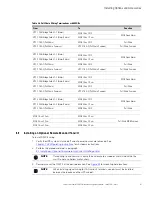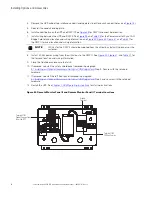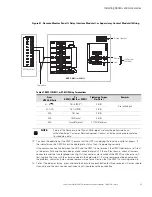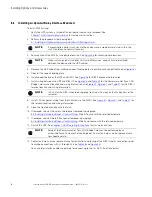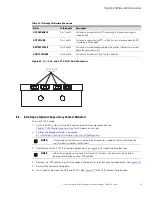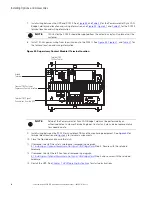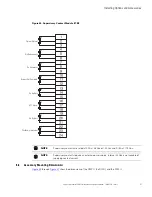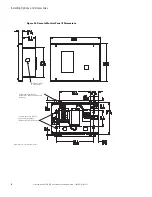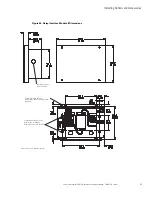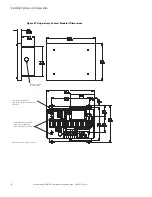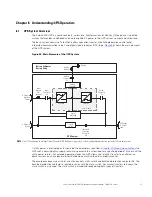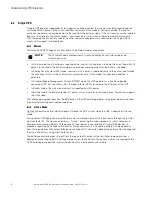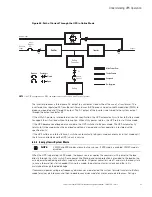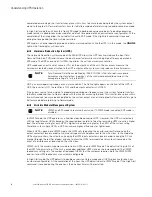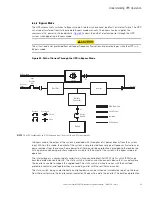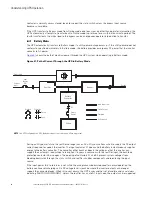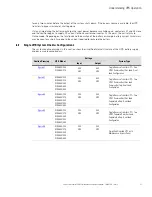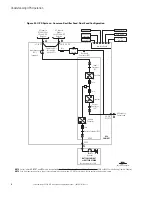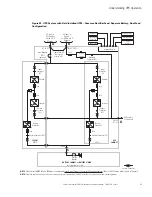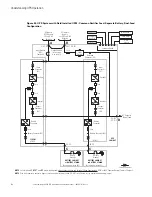
Eaton Power Xpert 9395 UPS Installation and Operation Manual 164201716—Rev 13
95
66..22..66
B
Byyppaassss M
Mooddee
The UPS automatically switches to Bypass mode if it detects an overload, load fault, or internal failure. The UPS
can also be transfered from Online mode to Bypass mode manually. The bypass source supplies the
commercial AC power to the load directly.
shows the path of electrical power through the UPS
system when operating in Bypass mode.
The critical load is not protected from voltage or frequency fluctuations or power outages while the UPS is in
Bypass mode.
Figure 50. Path of Current Through the UPS in Bypass Mode
Static
Switch
K5
r
e
tr
e
v
n
I
r
e
if
it
c
e
R
K1
K3
Battery
Converter
Battery
Battery
Breaker
Main Power Flow
Trickle Current
Energized
De-Energized
Closed
Open
Breakers
Contactors
K2
Bypass Input
Rectifier
Input
Output
Input
Breaker
(CB1
NOTE
On a UPS configured as an IOM, the bypass input, static switch, and K5 are not present.
In Bypass mode, the output of the system is provided with three-phase AC power directly from the system
input. While in this mode, the output of the system is not protected from voltage or frequency fluctuations or
power outages from the source. Some power line filtering and spike protection is provided to the load but no
active power conditioning or battery support is available to the output of the system in the Bypass mode of
operation.
The internal bypass is comprised of a solid-state, silicon-controlled rectifier (SCR) static switch (SSW) and a
backfeed protection contactor K5. The static switch is rated as a continuous-duty device that is used anytime
the inverter is unable to support the applied load. The static switch is wired in series with the backfeed
protection contactor, and together they are wired in parallel with the rectifier and inverter.
The static switch, being an electronically-controlled device, can be turned on immediately to pick up the load
from the inverter while the inverter output contactor K3 opens to isolate the inverter. The backfeed protection

